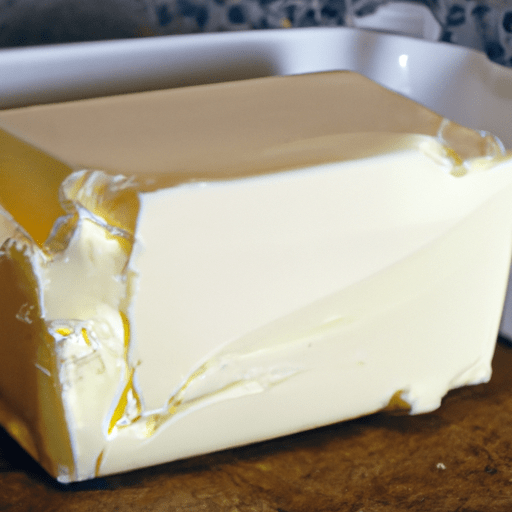All About Vegetable Oil Spread: A Versatile and Healthy Kitchen Staple
Are you searching for a healthier and more versatile alternative to traditional butter? Look no further than vegetable oil spreads! In recent years, these spreads have gained popularity as a nutritious and delicious option for cooking and enjoying with various dishes.
Taste and Texture
Vegetable oil spreads offer a mild, buttery flavor that can add richness to any recipe. They have a creamy texture and a smooth consistency that makes them incredibly spreadable. Whether you’re using it as a topping for toast or as an ingredient in baking, vegetable oil spreads provide a delightful and satisfying taste.
Common Uses in Cooking
One of the main advantages of vegetable oil spreads is their versatility in the kitchen. Here are some common uses:
1. Baking Substitute
Vegetable oil spreads can replace traditional butter or margarine in baking recipes, ensuring moist and tender results. From cookies to cakes, using a spread made from vegetable oil can enhance the taste and texture of your baked goods.
2. Sauteing and Frying
When it comes to cooking over medium to high heat, vegetable oil spreads are an excellent choice. Their higher smoke point makes them suitable for sautéing and frying, allowing you to achieve that perfect golden brown without compromising the flavor.
3. Spreading on Toast
Start your morning right by spreading vegetable oil spread on your toast. It adds a lovely, buttery taste to your breakfast and pairs well with jams, honey, or other delicious toppings.
4. Melting over Vegetables
For a quick and flavorful side dish, melt a small amount of vegetable oil spread over steamed or roasted vegetables. The spread adds a hint of richness and complements the natural flavors of the veggies.
Nutritional Value
Vegetable oil spreads offer health benefits in addition to their culinary perks. Here’s a rundown of their nutritional value:
- Low in saturated fat
- Cholesterol-free
- Good source of essential fatty acids
- Generally rich in vitamins A, D, and E.
However, it’s important to note that not all vegetable oil spreads are the same. Some may not offer the same nutritional benefits, so it’s advisable to check the labels and opt for spreads made from wholesome vegetable oils.
Interesting Facts and History
Here are a few interesting facts about vegetable oil spreads:
- Vegetable oil spreads were developed as a healthy alternative to butter during World War II when butter was scarce.
- Initially, these spreads were made from a blend of vegetable and animal fats, but over time, they evolved into entirely plant-based products.
- Some spreads are available in different flavors like garlic, herbs, or chili to add an extra zing to your recipes.
In conclusion, vegetable oil spreads are a fantastic choice for those looking to explore healthier options in their cooking. They offer a delightful taste, can be used in various dishes, and provide nutritional benefits. So, why not give vegetable oil spreads a try and add a new dimension to your culinary adventures? Happy cooking!
Vegetable Oil Spread
Origin: Vegetable oil spread is a type of fat spread that is made by combining vegetable oils with other ingredients such as water, salt, and emulsifiers. It was developed as a plant-based alternative to butter and margarine.
Common Uses: Vegetable oil spread is commonly used as a spread for bread, toast, and bagels. It can also be used for baking, cooking, and frying.
Nutritional Benefits: Vegetable oil spreads are typically low in saturated fat and cholesterol-free. They are a source of polyunsaturated and monounsaturated fats, which can be heart-healthy options when consumed in moderation. Some spreads may also contain added vitamins, such as vitamin D.
Unique Properties: Vegetable oil spreads typically have a creamy consistency, similar to butter, and can be easily spread on various surfaces. They are often available in different flavors and variations, such as light or reduced-fat options. Some spreads may also be suitable for individuals following a vegan or dairy-free diet.
Historical Significance: The production of vegetable oil spread gained popularity in the mid-20th century as a healthier alternative to butter and margarine. With rising concerns about saturated fat and cholesterol intake, vegetable oil spreads became a convenient option for those seeking a plant-based alternative. Over time, the composition of these spreads has evolved to include a wider range of oils and ingredients to cater to different dietary preferences and health considerations.




Use the share button below if you liked it.
It makes me smile, when I see it.